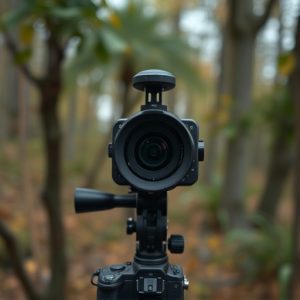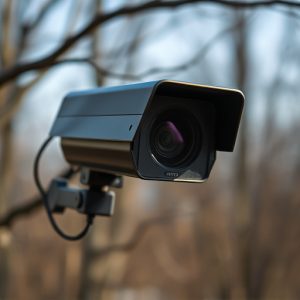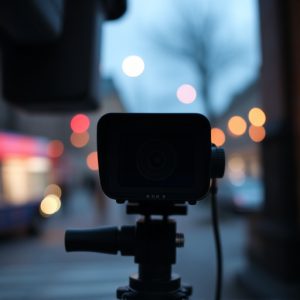Micro Cameras & Advanced Camouflage: Protecting Kids, Hiding Tech
Micro cameras integrated into everyday items offer parents real-time video feeds for enhanced child…….
Micro cameras integrated into everyday items offer parents real-time video feeds for enhanced child protection, a game-changer for working parents seeking peace of mind. However, ethical debates around privacy and children's autonomy arise. Balancing micro cameras for child safety with privacy respect is crucial, requiring thoughtful deployment to safeguard both well-being and rights. Advanced camouflage techniques blend surveillance equipment into surroundings, using natural elements and objects like toy or book-disguised cameras. Discreet equipment should be strategically placed in environments like schools and homes, with regular maintenance vital for optimal performance, reliability, and extended lifespan.
In today’s digital age, ensuring child safety has evolved, incorporating advanced surveillance equipment. This comprehensive guide explores micro cameras as a powerful tool for child protection, delving into their benefits and ethical considerations. We also uncover innovative camouflage techniques that allow technology to blend seamlessly into the environment while remaining effective. Furthermore, best practices for installation and maintenance of discreet surveillance equipment are discussed, providing valuable insights for proactive parents and guardians.
- Micro Cameras for Child Safety: Benefits and Ethical Considerations
- Advanced Camouflage Techniques: Hiding Technology in Plain Sight
- Best Practices for Installation and Maintenance of Discreet Surveillance Equipment
Micro Cameras for Child Safety: Benefits and Ethical Considerations
Micro cameras, a sophisticated technology, have found an essential role in micro camera for child safety applications, offering unique benefits and raising ethical debates. These tiny devices can be seamlessly integrated into various everyday items, like toys or clothing, providing parents with constant reassurance about their child’s well-being. With real-time video feeds accessible from a distance, parents can monitor their kids’ activities, ensuring they stay safe and secure. This technology is especially valuable for working parents who need peace of mind when leaving their children in the care of others.
However, the ethical implications cannot be overlooked. Privacy advocates argue that micro cameras in children’s possessions infringe on their personal space and autonomy. The constant surveillance may impact a child’s sense of freedom and trust in adults. Balancing the benefits of enhanced child protection with respect for privacy is a delicate matter, requiring thoughtful consideration and responsible deployment of this technology.
Advanced Camouflage Techniques: Hiding Technology in Plain Sight
In today’s digital age, advanced camouflage techniques have emerged, allowing surveillance equipment to blend seamlessly into their surroundings. This innovative approach to stealthily gathering intelligence involves integrating technology with natural elements and everyday objects. For instance, micro cameras designed for child protection can be cleverly disguised as common household items like toys or books, effectively hiding their purpose while providing vital monitoring.
These techniques go beyond simple concealment; they rely on a sophisticated understanding of human perception and the environment. By utilizing materials that mimic natural textures and colors, surveillance devices can bypass detection by both the naked eye and advanced security systems. This subtle approach ensures that technology remains in plain sight, gathering critical data while maintaining an unassuming presence.
Best Practices for Installation and Maintenance of Discreet Surveillance Equipment
When installing discreet surveillance equipment, such as micro cameras designed for child protection in schools or homes, it’s crucial to blend them seamlessly into the environment. Best practices include mounting devices high on walls or ceilings to avoid detection and using realistic-looking decoys like fake power outlets or light switches. This minimises the risk of individuals becoming aware of the surveillance system, fostering a safer, more secure space.
Regular maintenance is equally vital for optimal performance. This involves checking camera feeds for clarity, ensuring cables are securely connected, and replacing batteries or power sources as needed. It’s also recommended to perform periodic tests of all components, including backup power supplies, to guarantee reliability in case of emergencies. Such diligent maintenance extends the lifespan of surveillance equipment, enhancing its effectiveness in protecting vulnerable individuals like children.
In conclusion, advanced surveillance equipment, particularly micro cameras for child safety, offer a powerful tool for protecting our young ones. Mastering camouflage techniques allows for discreet installation, ensuring these devices blend seamlessly into their surroundings without compromising privacy. By following best practices for setup and maintenance, we can harness the benefits of this technology while navigating ethical considerations. Embracing these strategies enables us to create safer environments for children, fostering peace of mind in a digital age.


